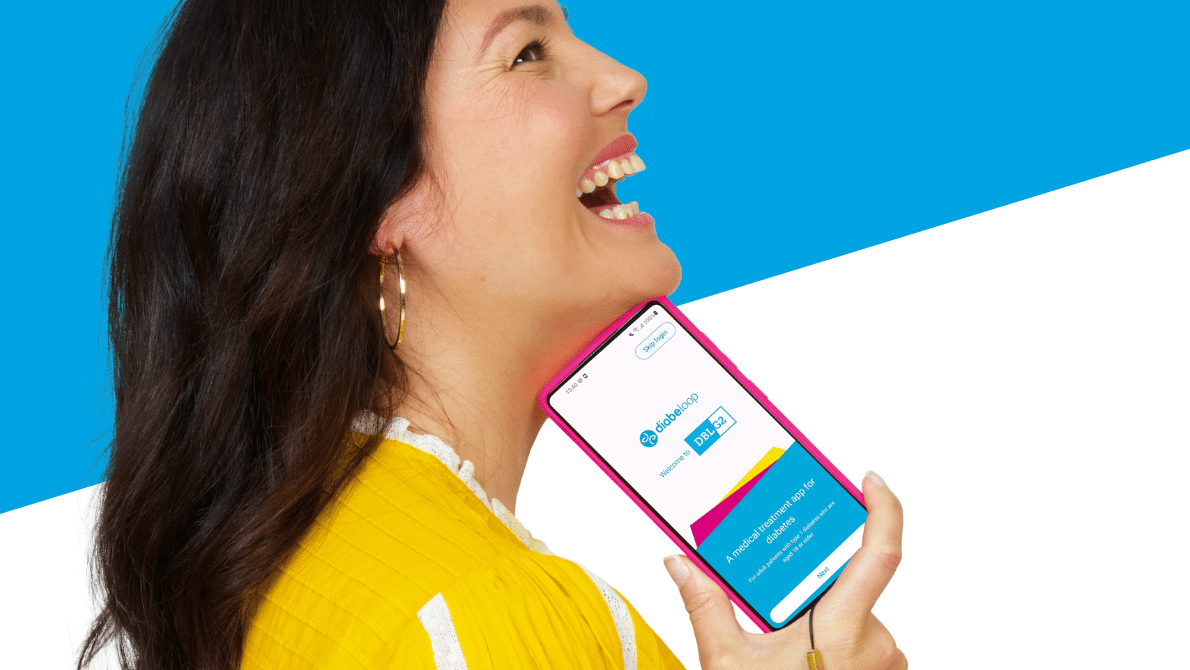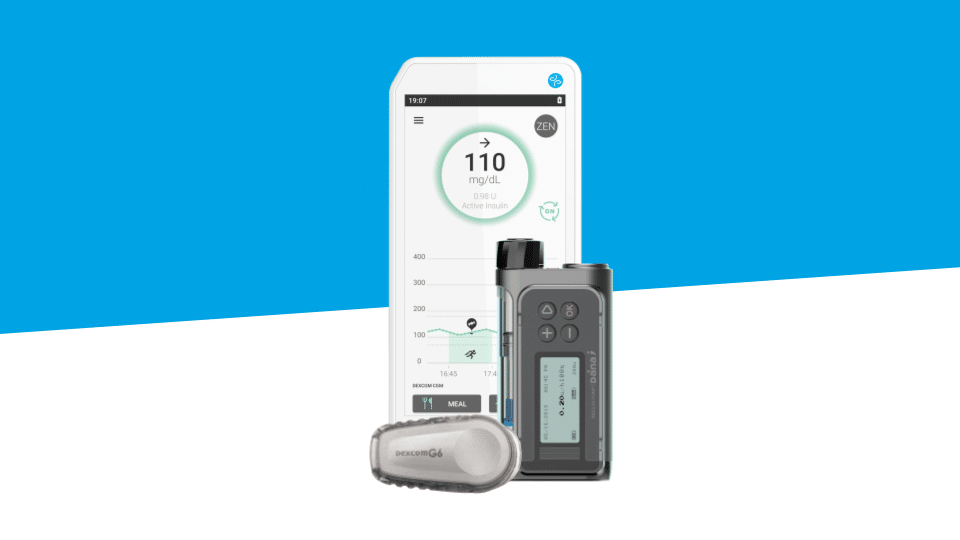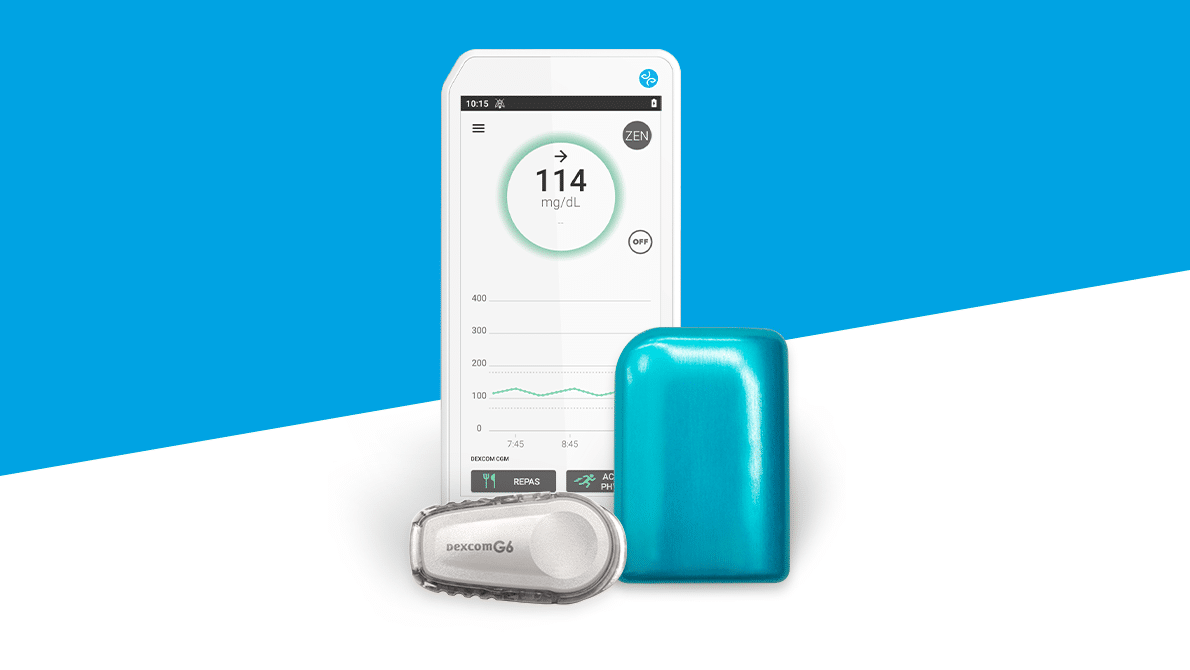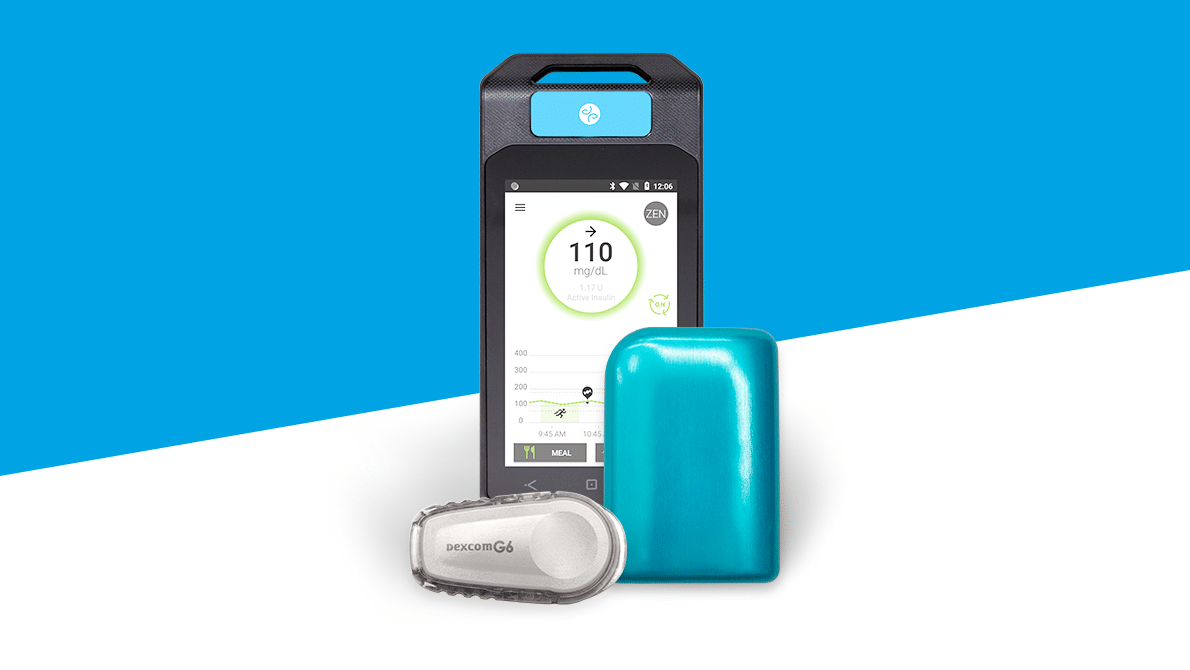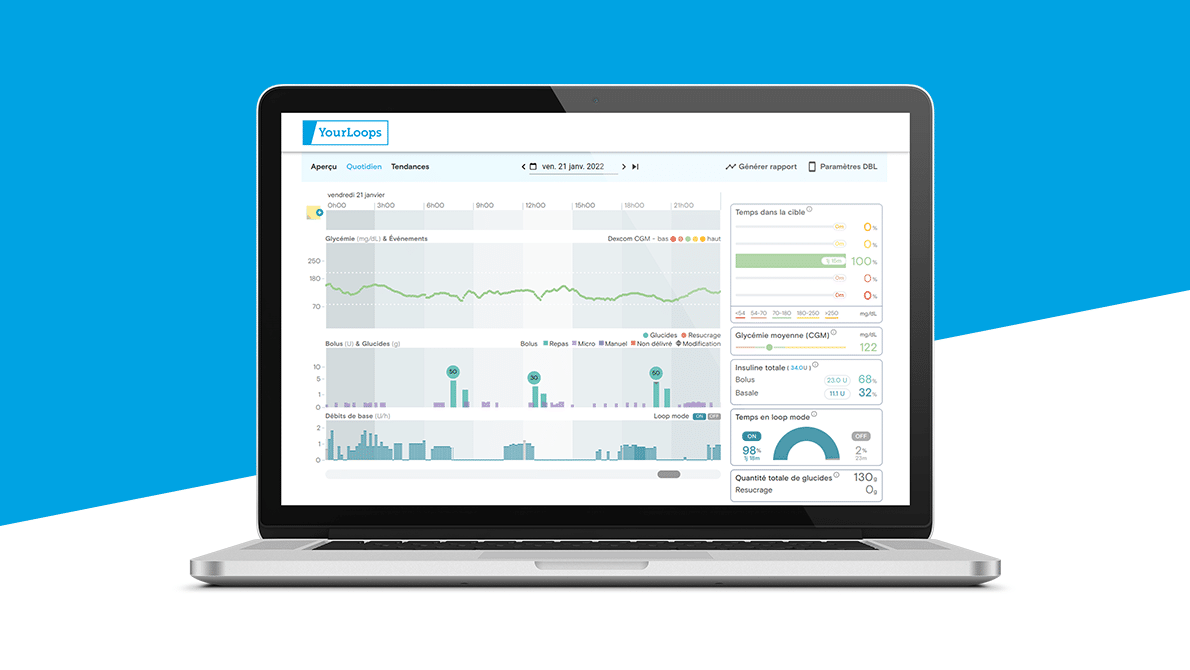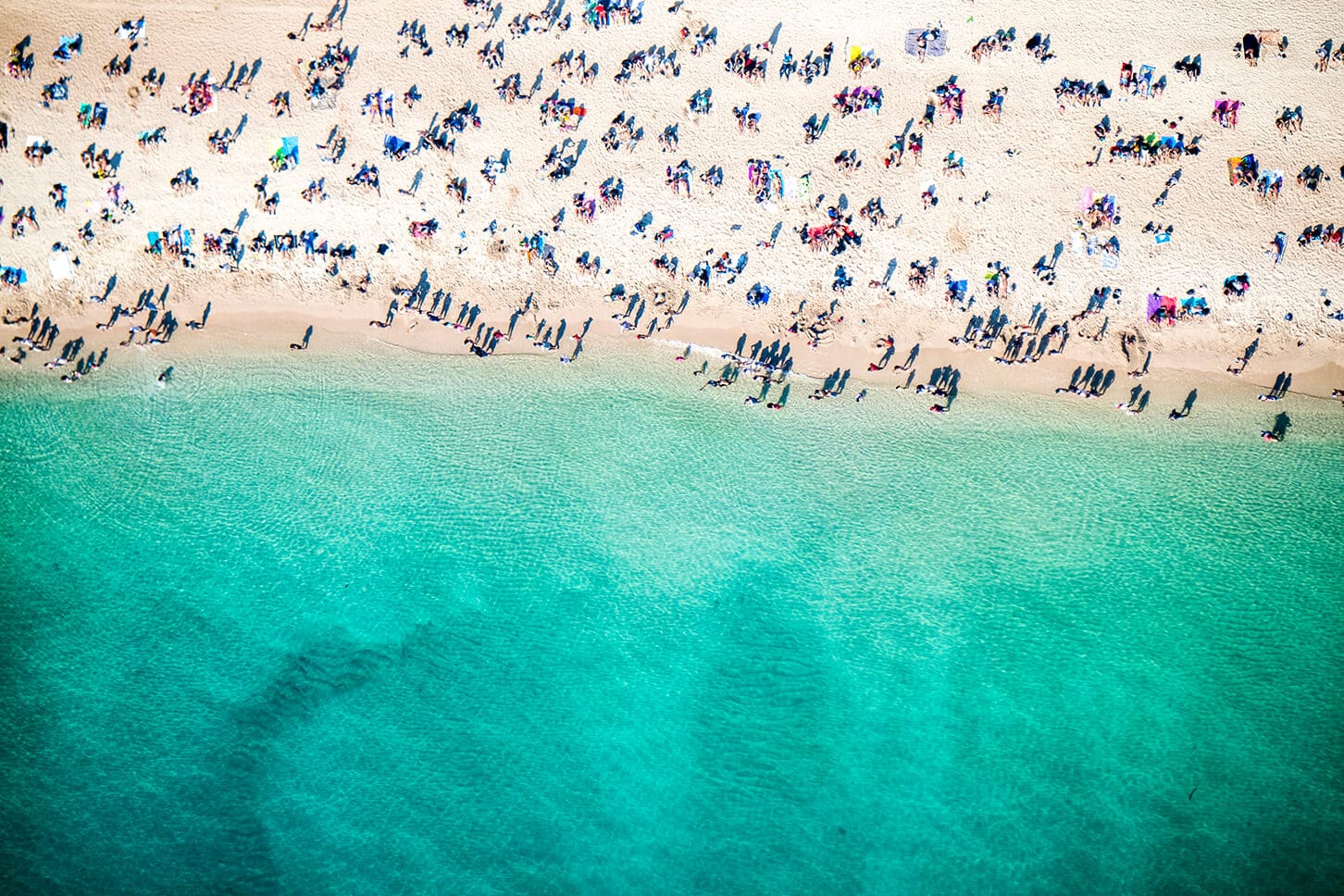
The ultimate Type 1 diabetes beach guide
Snorkelling and sea life, endless sunbathing sessions… THAT’s what we call a beach vacation! Good Type 1 diabetes management can allow you to enjoy these long-awaited activities. Here are some simple and practical tips to safely relax under the sun.
Beware of the heat (and hypoglycemia)!
Heat can be stressful on the body. The body releases hormones that increase blood sugar levels and can cause dehydration when exasperated by heat. The solution: hydrate well throughout the day (with water).
Good to know: heat increases the dilation of blood vessels. This means that under heat, insulin is absorbed more quickly and can cause hypoglycemia more frequently despite taking a normal dose.
A recommendation that applies to everyone with or without Type 1 diabetes: avoid prolonged exposure during the hottest hours (12-4pm). Remember to always protect the injection site from the UV rays and regularly test your blood glucose levels. Insulin must remain at a stable temperature and protected from heat that can reduce its effectiveness. For those who wear a pump, try to keep it in the shade as much as possible.
Be well prepared
Heat, UV rays, sand,… On the beach, your devices can get damaged. The best solution is to equip yourself with cooling cases that you keep in the shade, or even well sheltered in a cooler, in order to avoid temperature variations.
If the beach of your dreams is a little isolated, or if you travel to an island, remember to bring enough snacks and hypo treats to raise blood sugar levels quickly if necessary.
Type 1 diabetes beach bag essentials: sunscreen (with good UV protection! Monoï smells good but doesn’t protect), antiseptic and waterproof band-aids. Be careful when in contact with shells and corals to prevent injuries. Your best friends? Water shoes designed for diving and beach walking.
In terms of style, good news for women: high waist panties are fashionable! Ideal to slip your insulin pump in discreetly or cover a sensor – and avoid the dreaded tanning mark! The one-piece swimsuit is also a great ally.
For everyone, the bum bag is also coming back in style, and will allow you to have your meter and all the snacks you need within reach – even in the middle of a beach volleyball game.
Type 1 diabetes and beach sports
Speaking of beach volleyball, how about a game? To be on the winning team, remember the 3 essentials: hydration, glucose, blood sugar. Monitor your blood sugar regularly, as you know heat can increase risks of hypoglycemia (as can sports activities). Forewarned is forearmed: avoid playing during the hottest hours.
For water activities, if you wear a tubed insulin pump, it is advised to remove it and put it in a waterproof container during the activity. Don’t forget to control your blood sugar before and after swimming. Some models of pumps and sensors are waterproof and therefore will not require this step (check the user manual).
Sweet temptations
Spending the afternoon at the beach can also sometimes mean indulging in junk food: doughnuts, pizza, ice cream, saltwater taffy, and whatever local speciality is available at your nearby boardwalk… We all know that these summer delights are often very rich in sugar and fat. And if you’re not a regular consumer, it can be difficult to estimate the exact amount of carbs. For example, a filled doughnut can contain 50 to more than 100g of carbohydrates depending on the size of the portion! Give carb-counting applications a try, or opt for packaged ice cream, on which you’ll find nutrition facts.
Enjoy!
Beyond the heat, other big changes can occur in the summer: jet lag, dietary changes… Try to keep both eating and sleeping schedules regular – at least for part of your vacation – drink plenty of water, check your blood sugar more frequently… All these daily actions will allow you to enjoy the sun, sit back and relax.



